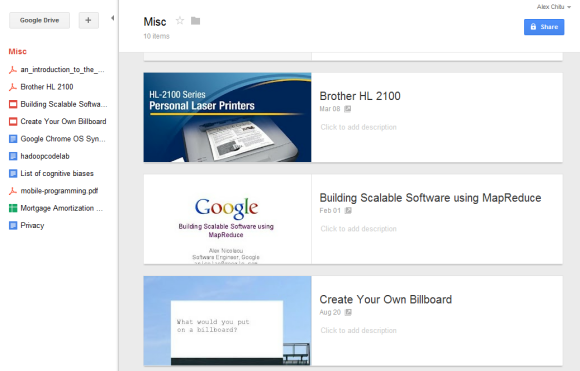
To access the entire guide for FREE, please fill out the form located here. This article is Part 1 of Google Gooru’s Comprehensive Guide to Moving a File Server to Google Drive. If you’re interested in using Google Drive for your organization, but want to maintain the same structure found in your File Server, check out our complete guide. Google Drive won’t be the right fit for every organization, but the vast majority will find Drive boosts efficiency and collaboration while also saving money. The need to restrict access to documents to only on-premise network access.Given these documents can not be transferred to the native Google Docs format for organizational or technical reasons (Google Docs real-time collaboration). Reliance on frequent team updates to files on the network that require the SharePoint check in/out functionality or the network “read only” function in order to control versioning.Why NOT move your company’s file server to Google Drive? Multi-tenant cloud backup with files distributed across multiple strategically geo located data centers for disaster recovery.Ability to access company files from multiple devices (PC, MAC, iOS, Android, RIM, Windows).Accessing documents from tablets, mobile and other devices.allowing you to store and manage files across apps such as Docs, Sheets.

Ability to securely access company files without VPN or being within the network As more companies migrate to the cloud, we compare Google Drive vs Microsoft OneDrive, to see which you should choose.Low cost in comparison to maintaining and managing an on-premise file server.Why move your company’s file server to Google Drive? However, IT administrators that are able to help their organizations adapt to this structure are able to see a reduction in time managing files and documents and an increase in employee collaboration in which the Google Drive platform seeks to provide. Google Drive’s user-driven permission structure is not a 1-to-1 match to the file server permissions structure and often a paradigm shift from the traditional security methods IT admins are used to. If you’d like more granular control over users’ sharing permissions, explore third-party applications like BetterCloud. Low cost in comparison to maintaining and managing an on-premise file server. The extent a user is able to share files in Google Drive is managed by Administrators via the Google Apps Admin console. Google Drive is a file system of user-owned files / folders that are mapped. Users then have the option to share files and folders with others through Google’s sharing permissions. Both products work with folders and documents, but the implementation of these functions is different. Unlike a traditional file server hierarchy in which all files and folders fall under the central “Network” Domain File Server, Google Drive files and folders are created similar to how a user would create a personal document on their local hard drive. You can also remove parent permissions from a child folder.Google Drive is a file system of user-owned files / folders that are mapped in a web-like structure to other user accounts via Google’s sharing permissions. When you manage large folder structures, child and parent folder permissions can be different. You can override inherited permissions of child folders to be different than the parent folder.Storage is counted against the person who uploaded the file, not the owner of the folder.Under the My Computer tab, click Add folder to select any folders you want to back up. Open Drive for desktop, click Sign in with browser to connect your Google Account that you use for Google Drive. To see older changes, scroll down on the right side. Tip: In the meantime, to provide folder access for new collaborators, use the Sharing URL of a file nested deeply inside the folder. Sign in with your Google Drive account, and then start the first sync. To see the activity of a specific file or folder, click the file or folder.

If you change a lot of edit or view permissions at once, it might take time before you see the changes. If you share or unshare folders with a lot of files or subfolders, it might take time before all permissions change.Can view only: People can see the folder and they can open all files within the folder.Can organize, add, & edit: If they're signed into a Google account, people can open, edit, delete, or move any files within the folder.

Here’s what people can do with folders after you share it with them:

Want to get more out of Google Drive for work or school? Sign up for a Google Workspace trial at no charge.


 0 kommentar(er)
0 kommentar(er)
